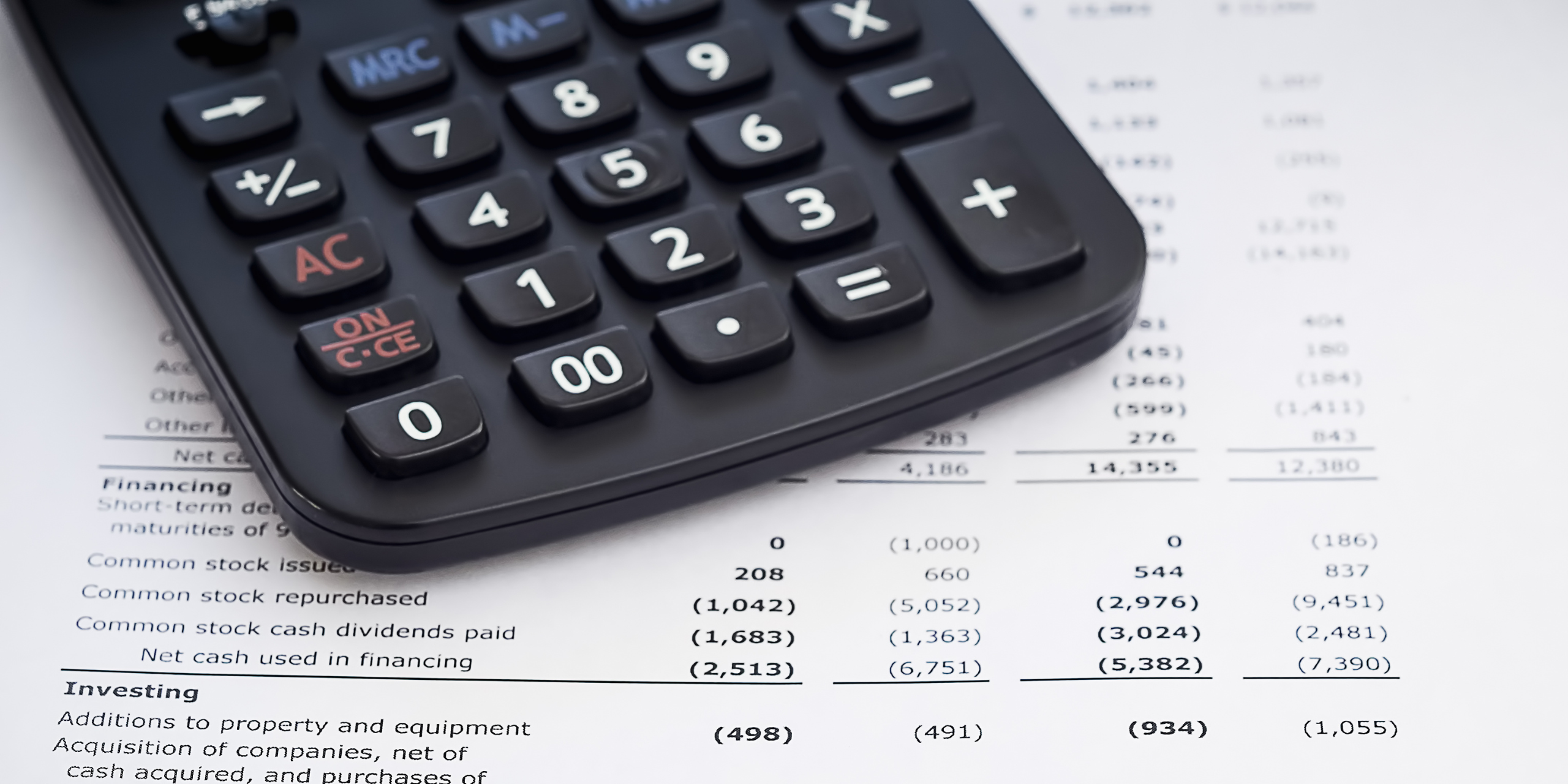Data analytics is critical in hotel sales. But how do you know what are the right KPIs and metrics? And what is the difference between the two?
This topic is among the many insights covered in The Hotel Sales Playbook: Winning Strategies for Success, the study guide for HSMAI’s new Certified Hotel Sales Leader (CHSL) certification.
Below, we share excerpts from Chapter 14: Leveraging Data Analytics, contributed
By Lori Kiel, CHDM and Kristi White
Start with KPIs and Metrics
First let’s be clear on the difference between a KPI (key performance indicator) and a metric. The simplest way to think about them is that KPIs measure performance based on key business goals while metrics measure performance or progress for specific business activities. KPI is the strategy, metric is the tactic.
| KPIs | Metrics |
| Measure progress toward key business goals
Have a high-level perspective
Relevant across different departments
Used for strategic decision-making |
Measure performance of specific business activities or processes
Have a lower-level perspective
Relevant for specific departments or business areas
Tend to be operational or tactical |
The modern perspective is that to be useful and contribute to success, metrics and KPIs need to be aligned with the hotel’s goals and with the goals of each discipline within the commercial team.
Some metrics you and your hotel might want to consider tracking include (but are not limited to):
- Average Daily Rate (ADR)
- Average Rate Index (ARI)
- Average Room Rate (ARR)
- Catering Contribution per Group Room Night
- Cost Per Occupied Room (CPOR)
- Direct Revenue Ratio (DRR)
- Earnings before interest, taxes, depreciation, and amortization (EBITDA)
- Gross Operating Profit (GOP)
- Gross Operating Profit Per Available Room (GOPPAR)
- Guest Satisfaction Index (GSI)
- Length of Stay (LOS)
- Market Cost Per Book (MCPB)
- Market Penetration Index (MPI)
- Market Segmentation
- Meeting Room Occupancy
- Net Operating Income (NOI)
- Net Revenue Per Available Room (NRevPAR)
- Occupancy
- Revenue Generation Index (RGI)
- Revenue Per Available Room (RevPAR)
- Revenue Per Available Square Foot (RevPAS)
- Sentiment Score
- Total Revenue Per Available Room (TRevPAR)
- Website Conversion Rate
As you’re branching out with new KPIs, don’t lose sight of those that are industry standards. For more than three decades, the hospitality industry has utilized three basic metrics: Occupancy, Average Daily Rate (ADR), and Revenue Per Available Room (RevPAR).
When it comes to KPIs, the first and most authoritative source for all departments is USALI. The second source is HSMAI’s “Key Performance Indicators (KPIs): For Hospitality Sales, Marketing, and Revenue Management.” This guide outlines each KPI definition, coding, and calculation to bridge the gap of understanding between departments.
HSMAI members who attain the CHSL certification will gain professional recognition, career advancement opportunities, and the ability to contribute more effectively to their organizations’ success. For more information, visit hsmaiacademy.org/certification-hotel-sales-leader or contact Kathy Tindell at kathy.tindell@hsmai.org.
